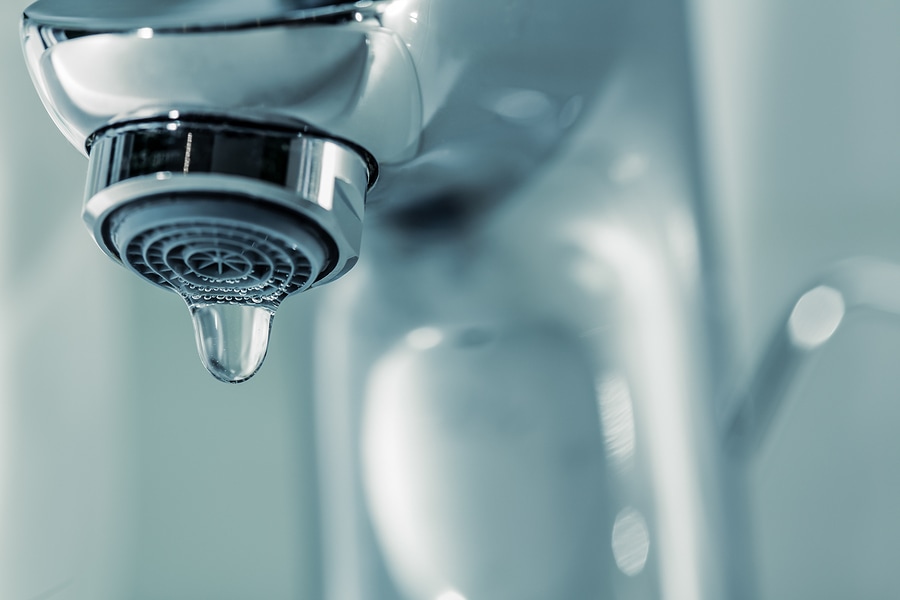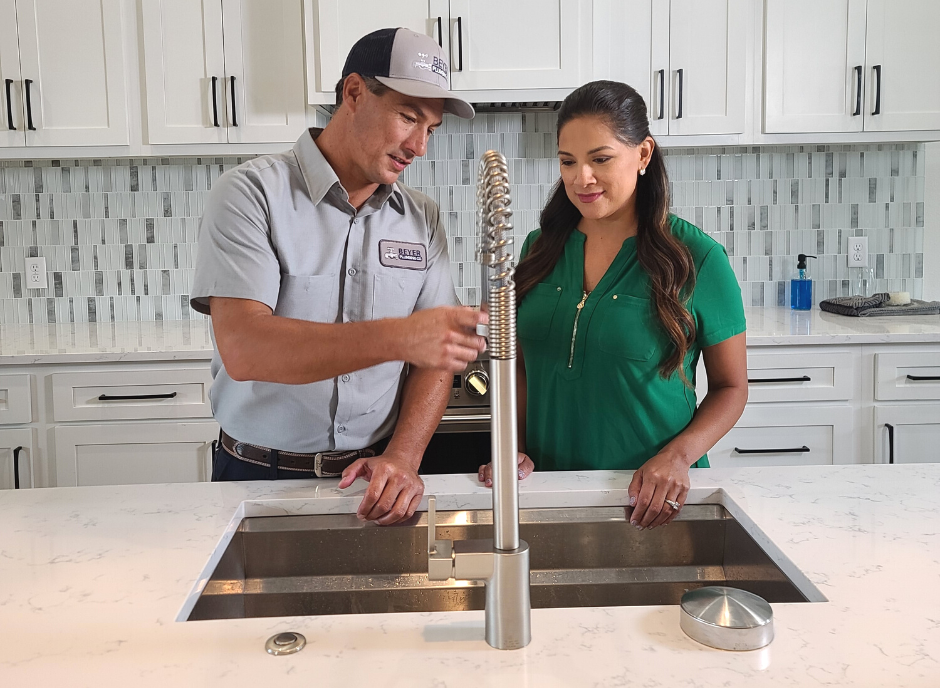Almost everyone has got his or her own perception with regards to Why Are My Faucets Dripping (And Can I Fix It Myself)?.

Trickling taps could feel like a minor trouble, but their impact exceeds just the aggravation of the audio. From drainage to sustaining unneeded economic expenses and health and wellness threats, neglecting a trickling tap can bring about numerous repercussions. In this article, we'll delve into why it's crucial to address this common household concern immediately and efficiently.
Waste of Water
Environmental Influence
Dripping faucets add considerably to water wastage. According to the Epa (EPA), a solitary faucet dripping at one drip per second can lose greater than 3,000 gallons of water annually. This not only pressures water resources yet also affects ecosystems and wild animals dependent on them.
Step-by-Step Overview to Fixing a Dripping Tap
Devices Needed
Prior to trying to deal with a trickling tap, gather the required tools, including a flexible wrench, screwdrivers, replacement parts (such as washers or cartridges), and plumber's tape.
Typical Faucet Issues and Their Solutions
Identify the kind of faucet and the specific issue causing the drip. Common troubles include damaged washers, corroded valve seats, or defective O-rings. Describe maker instructions or on the internet tutorials for detailed support on repair work.
Financial Costs
Increased Water Bills
Past the ecological impact, leaking taps can inflate water bills significantly. The accumulated wastage over time converts right into greater energy expenditures, which can have been stayed clear of with prompt repair services.
Prospective Property Damage
Moreover, long term trickling can bring about harm to components and surface areas surrounding the faucet. Water accumulation can create discoloration, corrosion, and also architectural problems if left unattended, causing additional fixing expenses.
Health Concerns
Mold and Mold Growth
The consistent presence of dampness from a dripping tap produces an ideal environment for mold and mildew and mold development. These fungi not just compromise indoor air quality however additionally posture health risks, especially for people with respiratory system conditions or allergies.
Waterborne Illness
Stationary water in dripping faucets can end up being a breeding place for microorganisms and other microorganisms, boosting the threat of waterborne diseases. Contaminants such as Legionella bacteria thrive in stagnant water, possibly causing severe diseases when ingested or breathed in.
Do it yourself vs. Expert Repair
Pros and Cons of Do It Yourself Repair Work
While some may attempt to take care of a trickling tap themselves, DIY repair work include their own set of challenges. Without appropriate knowledge and devices, DIY attempts can worsen the problem or lead to incomplete fixings, prolonging the problem.
Benefits of Hiring a Professional Plumber
Working with an expert plumber makes certain that the underlying reason for the trickling faucet is attended to effectively. Plumbings possess the expertise and equipment to diagnose and fix faucet concerns effectively, conserving time and reducing the threat of additional damages.
Environmental Duty
Individual Payment to Conservation
Taking obligation for dealing with trickling taps lines up with wider efforts toward water preservation and environmental sustainability. Every person's activities jointly make a substantial effect on preserving priceless sources.
Sustainable Living Practices
By focusing on timely repair services and taking on water-saving habits, individuals contribute to lasting living techniques that benefit both present and future generations.
Preventive Measures
Routine Maintenance Tips
To prevent trickling faucets, do routine maintenance such as cleansing aerators, evaluating for leakages, and changing damaged components promptly. Additionally, consider setting up water-saving devices or upgrading to extra effective components.
Significance of Prompt Repairs
Attending to dripping taps as soon as they're discovered stops more water wastage and potential damage, inevitably saving both water and money in the long run.
Impact on Residential Property Value
Assumption of Well-Maintained Property
Maintaining a residential or commercial property in good condition, including dealing with maintenance concerns like dripping taps, boosts its perceived value and value among prospective purchasers or renters.
Influence on Resale Worth
Characteristics with properly maintained plumbing fixtures, consisting of taps, command greater resale worths in the property market. Resolving dripping taps can contribute to a favorable impact throughout residential property assessments and negotiations.
Final thought
Resolving a trickling tap goes beyond simple convenience; it's a crucial step toward conserving water, reducing economic expenses, and securing health and residential property. Whether through DIY repair services or specialist aid, taking action to repair trickling faucets is a little yet impactful means to promote accountable stewardship of resources and add to a much healthier, extra lasting future.
How to Fix a Leaky Faucet: Step-by-Step Repair Guide
A leaky faucet may seem like a simple annoyance, but if it's not fixed promptly, that leak could cost hundreds to potentially thousands. From water damage to mold, mildew, and high water bills, even a tiny leak can be catastrophic if left unattended. Damage like this can even affect the overall value of your home, so it's important to take the right approach for leaky faucet repair. You may need the help of a plumber in some cases, but we've got a few tips you can try on how to fix a leaky faucet before calling the pros.
Four Faucet Types
When you're learning how to fix a leaky faucet, the first step is knowing what kind of faucet you're working with! There are four common types.
Cartridge Faucets
Cartridge faucets come in one- or two-handled varieties. In one-handled cartridge faucets, hot and cold water combines in a single cartridge. In the two-handled versions, hot and cold water are controlled separately and mixed in the faucet.
Ball Faucets
Ball faucets have a single lever you push up and down to adjust the pressure and rotate to change the temperature. A slotted metal ball controls the amount of water allowed into the spout.
Compression Washer Faucets
They're the oldest type of faucet, but they're still used in many homes — especially older ones. Compression faucets have two separate handles that, when turned, raise or lower the washer that seals a water valve. This valve stops water from flowing through the faucet when it is turned off.
Disc Faucets
Disc faucets rarely need to be repaired due to their maintenance-free design. The water flow is controlled by two discs — the upper one raises and lowers against a fixed lower disc, creating a watertight seal. If your disc faucet starts leaking, you may need to replace the seals or clean residue buildup from the inlets.
Fixing a Leaky Faucet
Step 1: Turn Off the Water
Whether you're learning how to fix a leaky bathtub faucet or how to fix a leaky kitchen faucet, always turn off the water supply to your working area when you're fixing a leak. The last thing you want is a flood added to your list of things to fix.
Look for the shutoff valves below your sink or around the tub and turn them clockwise to stop the water flow. If your faucet doesn't have shutoff valves, you may need to turn off the water for the whole house. Check to make sure it's off by turning the faucet on. If nothing comes out, you're ready to start the repair.
Step 2: Take Apart the Faucet
How you disassemble your faucet depends on the type of fixture you have. You can use a flathead screwdriver to remove the caps on top of the handle or handles for cartridge and compression faucets. Inside, you should see handle screws. Unscrew these with a screwdriver to remove the handle.
Disc- and ball-style faucets will typically have an inlet screw near the handle, and removing that will reveal the interior of the faucet.
Detach the Valve Stem
For cartridge- and compression-style faucets, you'll see the inner valve stem or cartridge once you remove the faucet handles. If you have a compression faucet, unscrew the brass valve stem. If you have a cartridge faucet, pull out the cartridge. If your cartridge has been in place for a while, it may require some tools or extra force to remove it due to mineral deposits.
Examine and Replace Parts
Once you've removed the parts, check them out to confirm what needs to be replaced. You may see corroded rubber washers, O-rings, stems, or cartridges. On a ball-style faucet, check the seats and springs for damage.
If you need to repair a leaky disc faucet, check the inlet and seals on the lower disc.
Once you determine what parts must be replaced, visit your local hardware store. Bring the damaged parts with you to ensure you can purchase the correct components to replace them.
Clean Valves and Faucet Cavity
If you've removed a stem or cartridge, you may notice mineral buildup in the faucet's threads. Use white vinegar to clean the valve seat by soaking it for a few minutes, then scrub it away with a soft toothbrush and rinse with warm water. You can also clean the interior of the faucet in the same way.
Reassemble the Faucet
Once your faucet is cleaned and the required parts have been replaced, it's time to reassemble it. Put the pieces back together and slowly turn the water supply back on. Doing this slowly is crucial because too much initial water pressure can damage the new hardware you've just installed.
https://homewarranty.firstam.com/blog/how-to-fix-leaky-faucet

I'm very involved in 4 Common Reasons for a Leaky Faucet and I am assuming you enjoyed reading our blog entry. For those who enjoyed our blog posting plz make sure you remember to share it. We recognize the value of your readership.